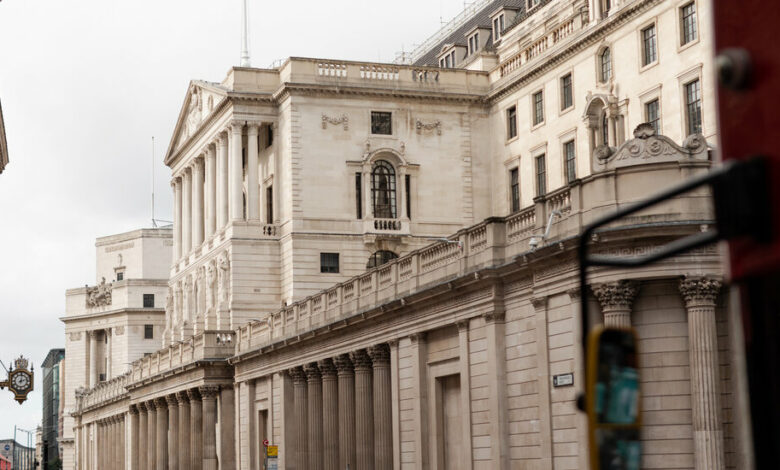Bank of England keeps interest rates steady despite lower inflation

The Bank of England kept interest rates at their highest level since 2008 on Thursday, even as inflation in Britain fell to 2 percent in May, a key milestone.
Policymakers kept rates at 5.25 percent, where they have been for 10 months. The officials said high rates worked and cooled the labor market, easing price pressures, but they added that monetary policy would have to remain restrictive until they were confident the risk of inflation exceeding their target had disappeared.
“It is good news that inflation has returned to our target of 2 percent,” Andrew Bailey, the governor of the Bank of England, said in a statement. “We need to ensure that inflation remains low, which is why we have decided to maintain interest rates.”
With inflation slowing globally, central banks are trying to determine when and how much to cut interest rates. This month, the European Central Bank cut rates for the first time in about five years but warned it would be cautious about future cuts. The U.S. Federal Reserve also said it would cut rates just once this year, down from a previous forecast of three cuts.
Bank of England officials remain divided over the timing of rate cuts. A majority of policymakers voted to leave rates at their high levels even though data published on Wednesday showed annual inflation had slowed to the central bank’s target of 2 percent in May. Two members of the nine-member rate-setting committee voted again to cut rates by a quarter of a point.
But the overriding message from the central bank is that inflation must remain sustainably at the 2 percent target. There are still signs of persistent inflation that could keep price growth stubbornly high. For example, inflation in the services sector was 5.7 percent in May, which was significantly stronger than the central bank’s forecast of 5.3 percent.
There were also signs that wage growth would not slow as much in the coming months as the bank had forecast, according to minutes of this week’s policy meeting.
Policymakers have been looking at wage data and services inflation, which are heavily influenced by labour costs and tend to be the most persistent forms of inflation. They risk creating a spiral of higher wages, which businesses pass on to consumers in the form of higher prices, leading to demands for higher wages. British officials have said they see no evidence of a price-wage spiral, but have expressed concern that price pressures could be strong enough to keep inflation above the 2 per cent target for too long.
Inflation is expected to rise again in the second half of this year, because the now stabilized energy prices will no longer bring down overall inflation.
Still, the prospect of an upcoming rate cut remained on the table. The central bank predicted last month that inflation would sustainably return to the 2 percent target in the second quarter of 2026 – and possibly move lower. With the target in sight, the bank resolutely opened the door to interest rate cuts.
But just a few weeks after that prediction, Rishi Sunak, Britain’s prime minister, announced a general election in early July. Investors quickly dropped all bets that the Bank of England would cut interest rates this week, in case the move was interpreted as politically motivated.
Policymakers continued to keep the door open for rate cuts later this summer. Several members of the committee who voted to keep rates steady this week argued that their decision was “finely balanced,” the minutes said, suggesting that barring major surprises, they could convert their vote into a cut. The next policy meeting is in early August.
“It is clear that the committee is getting closer to the point of a rate cut,” ING bank economists wrote in a letter to clients. “Assuming the next inflation report in mid-July doesn’t contain any nasty surprises, we still think the bank will vote for a rate cut in August.”




